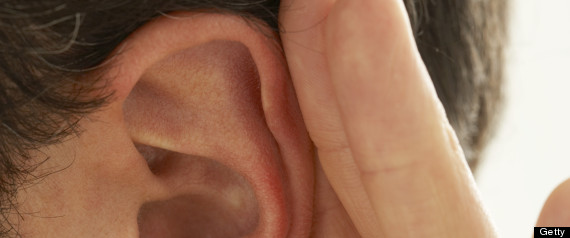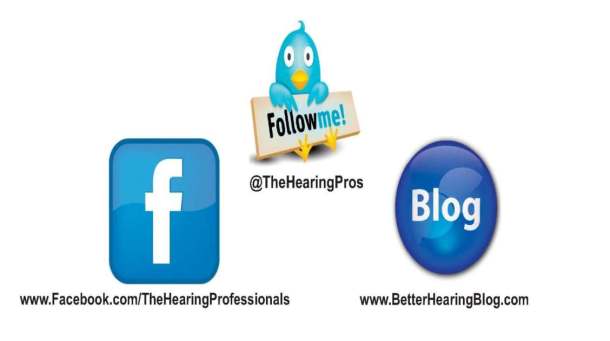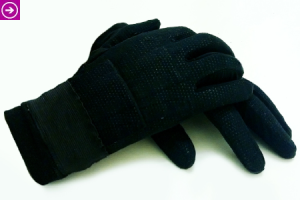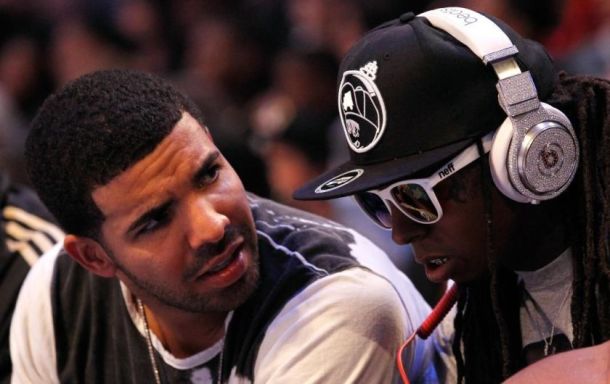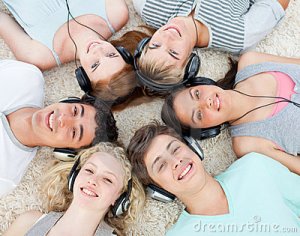Article By: Joan McKechnie, BSc Hons Audiology & Speech Pathology
There are an estimated 37.5 million people with some form of hearing impairment in the United States. Of the millions of adults between the ages of 20 and 69 who could gain some benefit from wearing a hearing aid, only 16% choose to regularly wear one. This is due to a number of factors with inconvenience being high on the list.
People who decide to not wear a hearing aid (even though they need one) may see a negative impact to their quality of life. Good hearing makes communicating with others so much easier, allows us to fully appreciate music and enjoy social gatherings. Modern hearing aids can dramatically improve a person’s quality of life.
Hearing aids have also become much more technologically advanced in the past 10 years. No longer simply large devices worn around the ear, many hearing aids are so small that it can be difficult to recognize that a person is wearing one. Hearing aids are now commonly integrated with other forms of technology including mobile phones. The latest product to offer integration and advanced functionality for hearing aids is the Apple Watch.
Apple and Accessibility
Apple have been at the forefront of accessibility for many years, with their iPhone and iPad devices offering superb functionality for people with impaired eyesight or hearing. For example, the iPhone offers a user interface that works with specific bluetooth hearing aids. The interface allows users to:
- Control the hearing aid volume with their iPhone via bluetooth
- Use a special hearing aid mode that can help improve the audio quality of some hearing aids
- Store presets that save volume and balance information for certain environments
- Ability to view the battery levels in hearing aid
The Apple Watch also offers some basic functionality straight “out of the box” for the hearing impaired: Mono audio balance (to adjust mono signal levels between ears) and the Taptic engine (which uses vibration to alert people of a new event). However, the real power of the Apple Watch is its ability to create custom applications for specific hearing aids.
Hearing Aid Applications Integrating with the Apple Watch
The key advantage with linking an Apple Watch to a hearing aid is convenience. When in public, the noise levels can rapidly change. As soon as you enter a noisy environment, you can simply look at your watch and with a flick of your finger, have better hearing.
There are a number of custom applications that link the Apple Watch with specific types of hearing aids. Companies including Phonak, Resound, Beltone and Starkey are currently leading the way in developing hearing aid applications for the Apple Watch.
Phonak RemoteControl App
Phonak’s much anticipated entry into the Apple Watch category is expected soon. This will no doubt continue on from the success of their RemoteControl iPhone app. The functionality for the RemoteControl app includes:
- Individually control the listening directions (Speech in 360°)
- Individual L/R volume control
- Direct selection of program and audio sources
- Configuration of Phonak streamer settings
- Connectivity check to the hearing aids
- Easy pairing help for Phonak streamers
ReSound Smart App
One of Phonak’s major competitors is ReSound, who offer a range of technologically advanced hearing aids and apps. Their Apple Watch app offers the following functionality for ReSound Linx2 hearing aids:
- Simple volume control and equalizer
- Hearing aid presets and ability to receive streams from bluetooth devices
- Find my hearing aid feature
- Noise reduction
- Speech focus settings
Beltone HearPlus
Beltone was the first company to release its hearing aid application for the Apple Watch. This app links the Beltone Legend hearing aids to Apple Watch. The HearPlus App features:
- Wind noise reduction
- Presets for volume and balance settings
- One tap noise reduction
- Speech Focus
Starkey Apple Watch App
One of the more feature filled applications, it offers the following capabilities:
- Ability to stream and balance audio from multiple sources including phone calls, videos, FaceTime calls and other media
- One finger “SoundSpace” feature to quickly alter volumes and balance
- Presets with geotagging capabilities. When entering a noisy space you have added a preset to before, your Apple Watch will recognize it and change hearing aid settings automatically
- Find my hearing aids feature
- Quick mute for hearing aids
Thanks to these advanced Apple Watch apps, hearing aid users now have a great deal of flexibility and control available to them!
Bio: Joan McKechnie, BSc Hons Audiology & Speech Pathology works for UK based HearingDirect. She is HCPC Registered (Health Care Professions Council in the UK) and has many years experience in the hearing aids industry.


